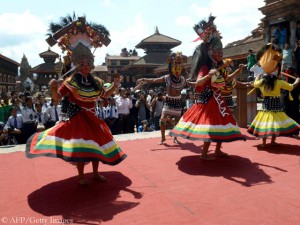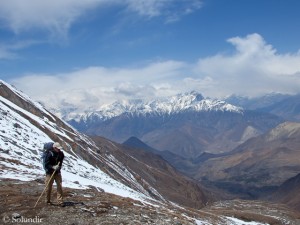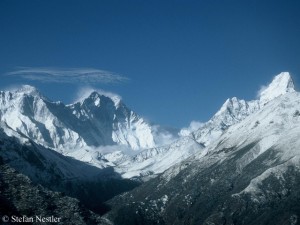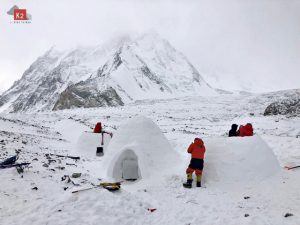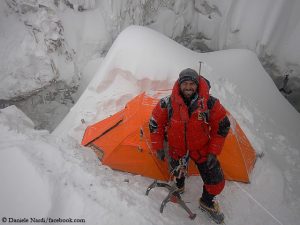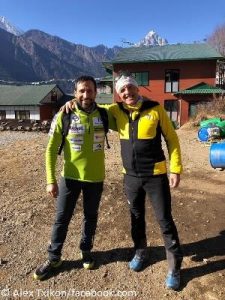More differentiated, please!
When can you call it normality again after a state of emergency? Obviously it depends on the way of perception. “Nepal is safe, don’t worry! This is our clear message for today”, said Bhesh Narayan Dahal, head of the governmental department that is responsible for the preservation of the world heritage sites of Nepal, at the beginning of the week. Temples in Kathmandu, Patan and Bhaktapur, which had been badly damaged by the earthquake on 25 April, were re-opened with a ceremony. But even the government seems to feel uneasy about it. There are plans to provide safety helmets for visitors. “We are urging the people to come to Nepal for holiday to help Nepal rebuild”, the new Tourism Minister Kripa Sur Sherpa said during the ceremony in Bhaktapur.
The disaster after the disaster
The country strongly relies on the income from tourism. If the tourism market slumps, it would be the disaster after the disaster. It does not need to happen. After all, there are trekking areas in Nepal that have been hardly affected by the earthquake. This applies, for example, to the Dolpo area in the far west of the country, most parts of the Annapurna Circuit, to Kangchenjunga trekking or Everest Base Camp trek that should be passable next fall too. Only the trekking routes in the particularly hard-hit regions Langtang and Gorkha should be out of the race.
Travel warnings barely updated
You won’t find a differentiated picture about the situation in the regions of Nepal on the websites of most Western governments. The foreign ministries of the United States, Canada, United Kingdom, Austria and Germany advise against all but essential travel to Nepal. Partially the travel warnings have remained unchanged for weeks. The advice of the US government was last updated on 1 May, Austria’s on 7 May – Germany’s on 26 May, i.e. more than three weeks ago.
I asked the German Foreign Office, whether there was any plan to publish a more differentiated assessment of the situation and if so, when. I thought it was a really clear question. But the answer was anything but clear. “The travel and safety advices and possibly travel warnings (…) are based on all available and trustworthy information that the Foreign Ministry has”, it was stated in Berlin. Travelers should be put in a position “to decide for themselves whether to undertake a journey or not. The Foreign Office is checking the travel and safety advices regularly, also those for Nepal. Current events (…) are taken into account immediately.”
Dominik Mueller: “Clients are extremely unsettled”
If it was really like that, it would mean that there has been no development in Nepal during the last three weeks. Instead, we are getting day by day a clearer picture which areas were particularly hard-hit by the earthquake and which escaped even remotely unscathed. Furthermore Nepalese people work at high pressure to restore streets and trekking paths. “There are many regions in Nepal regions that you can travel to without any restriction and where is virtually no damage”, Dominik Mueller, head of the German expedition and trekking operator Amical alpin, writes to me. “Clients are extremely unsettled by such blanket travel warnings. This helps neither Nepal nor the travel industry and the operators. Reliable operators will not send clients to dangerous areas, but from today’s perspective, many parts of Nepal are safe and can be visited almost without restrictions.” Amical could operate all treks and expeditions in Nepal that were offered before the earthquake, says Dominik, “if clients decide to travel to Nepal.”



